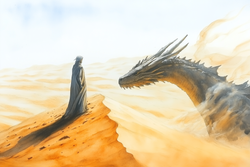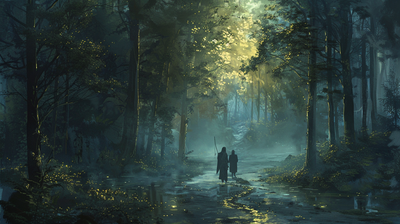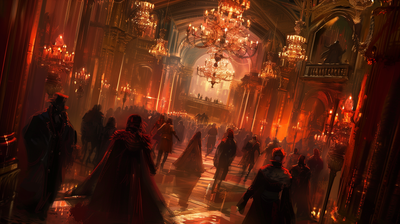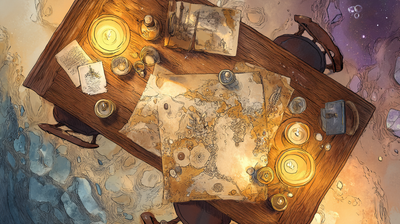Folks drift in, one-by-one, idle chatter and friendly hellos fill the space. We all sit down around the table. Takeout orders, homemade dinners and freshly popped beers in front of us. Eventually I speak up, “alright y’all. Let’s get started. Last time we played…” and we fall back into our shared world.
I run what I call “story driven” campaigns–the player characters have backstories that tie them deeply to the setting, and their stories and connections take center stage in the adventure. It’s not the farmer’s son who has been kidnapped by goblins; it’s that the player’s uncle had his farm overrun, and now the player’s nephew is missing! This is how I keep my players engaged and make the story feel impactful. Players have to make meaningful and important decisions, and those decisions shape the story as it's told.
In this series of posts I’ll go over how I design campaigns and will use a recent campaign, Shadows Over Siqram, as an illustrative example.
This is a series on how I write Story Driven Campaigns. Use this post as an index into the rest of the series:






